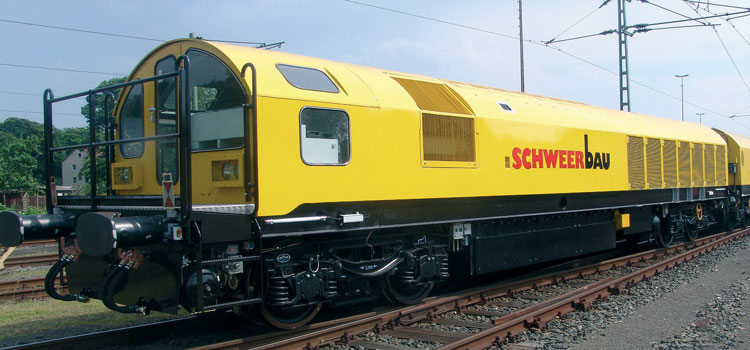thettctransitfanatic
Senior Member
whats VISION?
EDIT: found out on my own!
That's my video BTW. VISION is this new vehicle tracking systems that TTC is installing, to replace the old outdated system
|
|
|
whats VISION?
EDIT: found out on my own!
Well, transitioning from traditional signalling to ATC within the wye would be better than stopping for many seconds to switch between the two on the main tracks.Thank you Mr Smartass. I only mentioned it because Line 2 isn't ATC operated yet. Trains have to enter via Bay or Spadina on Line 2.
Thank you Mr Smartass. I only mentioned it because Line 2 isn't ATC operated yet. Trains have to enter via Bay or Spadina on Line 2.
Then, other to increase your post count and your "likes", why are you asking a question that you already know the answer to?
Dan
Maybe they could learn a lot more if they came into the modern age? Unbelievable that this hasn't been done before.The TTC, which has used contract grinding services for the past 10 years, elected to incorporate milling into its rail maintenance programs after observing spark- and smoke-free milling operations in Europe.
Grinding and milling are essential to rail quality
Rail grinding helps to prevent the dangerous build-up of rolling contact fatigue, and also reduces running noise for line side communities. James Abbott, Technical Editor for Global Railway Review, assesses some developments and significant aspects of this important area of our industry.
[...]

The technology of mobile rail milling has developed over the last 20 years to become a mature and proven method of rail head treatment. Across central Europe, the process has been accepted as part of a rail engineer’s ‘toolbox’ and has been used effectively to improve rail head management.
During that 20-year journey, Rail Engineer has looked at the technology on several occasions, most recently in issue 84 (October 2011).
Over past years, several rail millers have been at work on DB Netz infrastructure in Germany. However, as the German infrastructure owner has now spent several years maintaining its network regularly, rail head management has stabilised, meaning the demand for rail milling is actually decreasing at the moment.
This all benefits the UK’s railway, as one of Strabag’s SF02 road-rail milling units, previously used in the UK and the subject of Rail Engineer’s 2011 article, has been freed up to work on Network Rail’s infrastructure.
[...]

RAIL MILLING AND GRINDING TRAIN MG11 - YouTube
https://www.youtube.com/watch?v=zcacTvGRLp4
▶ 1:06
Oct 12, 2016 - Uploaded by LinsingerAustria
The best solution for metros, light rail systems and trams.
Schweerbau high performance rail milling machine HSM - YouTube
https://www.youtube.com/watch?v=rlZSvEt_8hY
▶ 2:43
Aug 29, 2016 - Uploaded by Maurice Verheijen
Schweerbau high performance rail milling machine HSM.
Also out of date if they're not new systems. These have been available in Europe for a generation, exporting them east as well as in the EU.TTC is supposed to be the first system in NA with this toy and how do you class other systems that not only don't have them in NA and are older than TTC???
You can weld on more steel, but has to be the right grade, oriented and cooled correctly, then ground or milled to form, It could serve in an emergency, but won't last. There's no way to replicate hot rolled steel rail:some kind of composite or epoxy is laid into the worn out area of track.
Track (rail transport) - WikipediaModern track typically uses hot-rolled steel with a profile of an asymmetrical rounded I-beam. Unlike some other uses of iron and steel, railway rails are subject to very high stresses and have to be made of very high-quality steel alloy.
Interesting. Wondering if there's an opposite to rail grinding. So rather than "smoothing out" any variation by grinding a large area flush with the depth of the pitted track, which in a way is fighting fire with fire, some kind of composite or epoxy is laid into the worn out area of track. Effectively filling in the gap and literally smoothing it out. Just a thought, though unlikely such a material exists that could adhere and withstand the weight.




